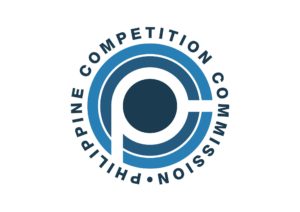Petron Corp. has started implementation of the fuel marking program in two of its biggest facilities in the Philippines, as part of efforts to help raise government revenue and deter the smuggling of petroleum products.
The initiative took effect last Dec. 23 in Petron’s refinery in Bataan province, which has a production capacity of 180,000 barrels per day and represents about a third of domestic demand.
Fuel marking has also started at the end of last month in Petron’s importation facility in Misamis Oriental province.
“We are optimistic that the fuel marking program will significantly address fuel smuggling, which has been a constant deterrent to the continued growth of our economy,” said Petron president and chief executive Ramon Ang in a statement.
Ang said consumers also stood to gain once everyone in the industry got on board as the program would ensure that all fuel products in the market would be legitimately sourced.
“These developments in our facilities testify to our firm commitment to support the government in their fight against smuggling,” he said. “We also continue to work with their fuel marking team for the installation of the automatic injection system in our refinery.”The program was intended to help in the fight against smuggling by placing a molecular marker in the refined fuels.
Based on the Department of Finance’s estimates, oil smuggling and misdeclaration of shipments cost the government at least P40 billion in annual revenue losses.
Chevron Philippines Inc., which sells fuels through the Caltex brand, on Wednesday said fuel marking was done at its import terminal in San Pascual, Batangas, on Nov. 11.
The company said such activity was witnessed by officials from the Bureau of Customs and representatives from the fuel marker consortium, SICPA SA–SGS Philippines.
Last November, Chevron said it had started the implementation of fuel marking while Pilipinas Shell Petroleum Corp. expressed readiness for the program.


